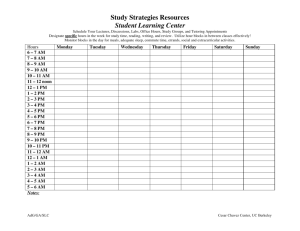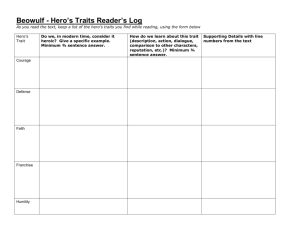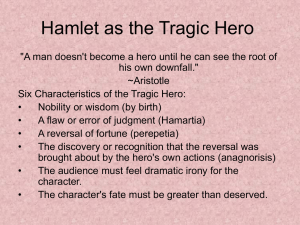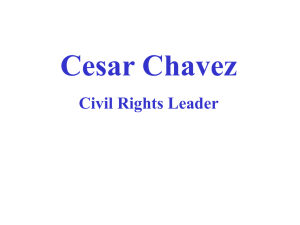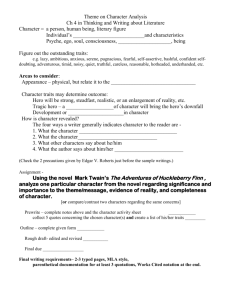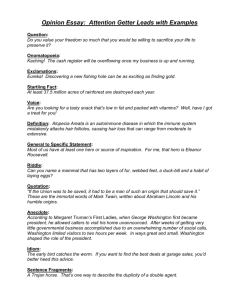Spanish Storytime Program Plan for Pre-School Children
advertisement
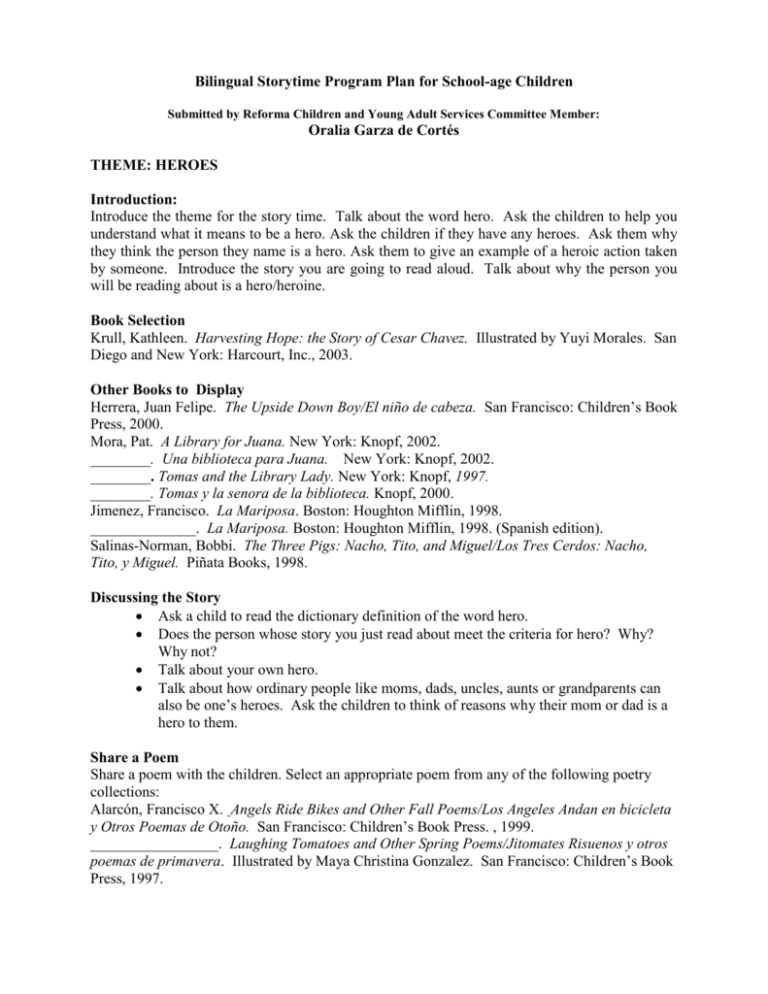
Bilingual Storytime Program Plan for School-age Children Submitted by Reforma Children and Young Adult Services Committee Member: Oralia Garza de Cortés THEME: HEROES Introduction: Introduce the theme for the story time. Talk about the word hero. Ask the children to help you understand what it means to be a hero. Ask the children if they have any heroes. Ask them why they think the person they name is a hero. Ask them to give an example of a heroic action taken by someone. Introduce the story you are going to read aloud. Talk about why the person you will be reading about is a hero/heroine. Book Selection Krull, Kathleen. Harvesting Hope: the Story of Cesar Chavez. Illustrated by Yuyi Morales. San Diego and New York: Harcourt, Inc., 2003. Other Books to Display Herrera, Juan Felipe. The Upside Down Boy/El niño de cabeza. San Francisco: Children’s Book Press, 2000. Mora, Pat. A Library for Juana. New York: Knopf, 2002. ________. Una biblioteca para Juana. New York: Knopf, 2002. ________. Tomas and the Library Lady. New York: Knopf, 1997. ________. Tomas y la senora de la biblioteca. Knopf, 2000. Jimenez, Francisco. La Mariposa. Boston: Houghton Mifflin, 1998. ______________. La Mariposa. Boston: Houghton Mifflin, 1998. (Spanish edition). Salinas-Norman, Bobbi. The Three Pigs: Nacho, Tito, and Miguel/Los Tres Cerdos: Nacho, Tito, y Miguel. Piñata Books, 1998. Discussing the Story Ask a child to read the dictionary definition of the word hero. Does the person whose story you just read about meet the criteria for hero? Why? Why not? Talk about your own hero. Talk about how ordinary people like moms, dads, uncles, aunts or grandparents can also be one’s heroes. Ask the children to think of reasons why their mom or dad is a hero to them. Share a Poem Share a poem with the children. Select an appropriate poem from any of the following poetry collections: Alarcón, Francisco X. Angels Ride Bikes and Other Fall Poems/Los Angeles Andan en bicicleta y Otros Poemas de Otoño. San Francisco: Children’s Book Press. , 1999. _________________. Laughing Tomatoes and Other Spring Poems/Jitomates Risuenos y otros poemas de primavera. Illustrated by Maya Christina Gonzalez. San Francisco: Children’s Book Press, 1997. Mora, Pat, editor. Love to Mama: A Tribute to Mothers. Illustrated by Paula S. Barragan. New York: Lee and Low, 2001. Argueta, Jorge. A Movie in My Pillow/Una película en mi almohada. Illustrated by Elizabeth Gomez. San Francisco: Children’s Book Press, 2001. Big Words/Bold Ideas Hero Symbol Bravery Courage Determination Non-violence Genius Visualizing the Story Using the words above as picture prompts, ask the children to illustrate a scene that depicts a heroic action. Supplies Needed: Legal or letter-size paper Pencils Crayons/watercolors/markers/color pencils Make and Take Crafts Project Make a Si Se Puede! Flag Pre-cut circles and the pattern for the Aztec bird depicted on the official flag of the United Farm Workers’ Union. Paste unto pre-cut rectangular red ½ sheet construction paper. Have each child make two. Paste the two together, placing a 6’’ dowel stick between them for the flagpole. Supplies needed: Pre-cut white circles Pre-cut black construction paper Aztec eagles Pre-cut red ½ sheets (fold 8 1/2 X11” paper in half) Glue sticks 6” dowel sticks Pencils Magic Markers (primarily black and red markers). WWW Connections Viva!Cesar Chavez! A WebQuest for 3rd Grade Social Studies www.eprentice.sdsu.edu/S03X2/guerra/cesarchavezt.html Excellent resource for ideas/activities to engage students in the study of Cesar Chavez: United Farm Workers of America-AFL-CIo www.unitedfarmworkersofAmerica.com Official web site of the union founded by Cesar Chavez. Contains accurate, historical information with timelines, photos, and opportunities for students to be involved in continuing Chavez’s struggle. California Dept. of Education Resources for Teachers www.cde.ca.gov/cesarchavez.html Age and grade appropriate biographies and lesson plans for the study of Cesar Chavez. This has tie-ins to the California standards.
